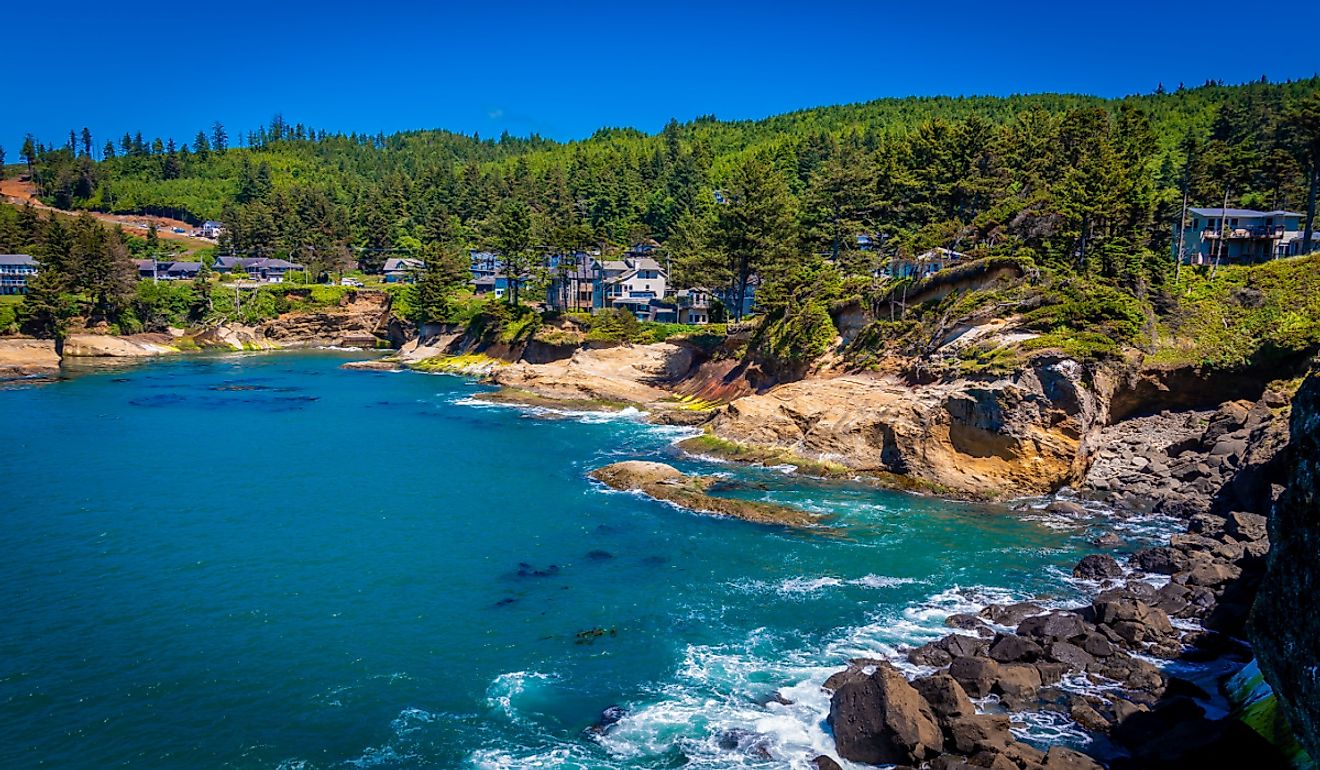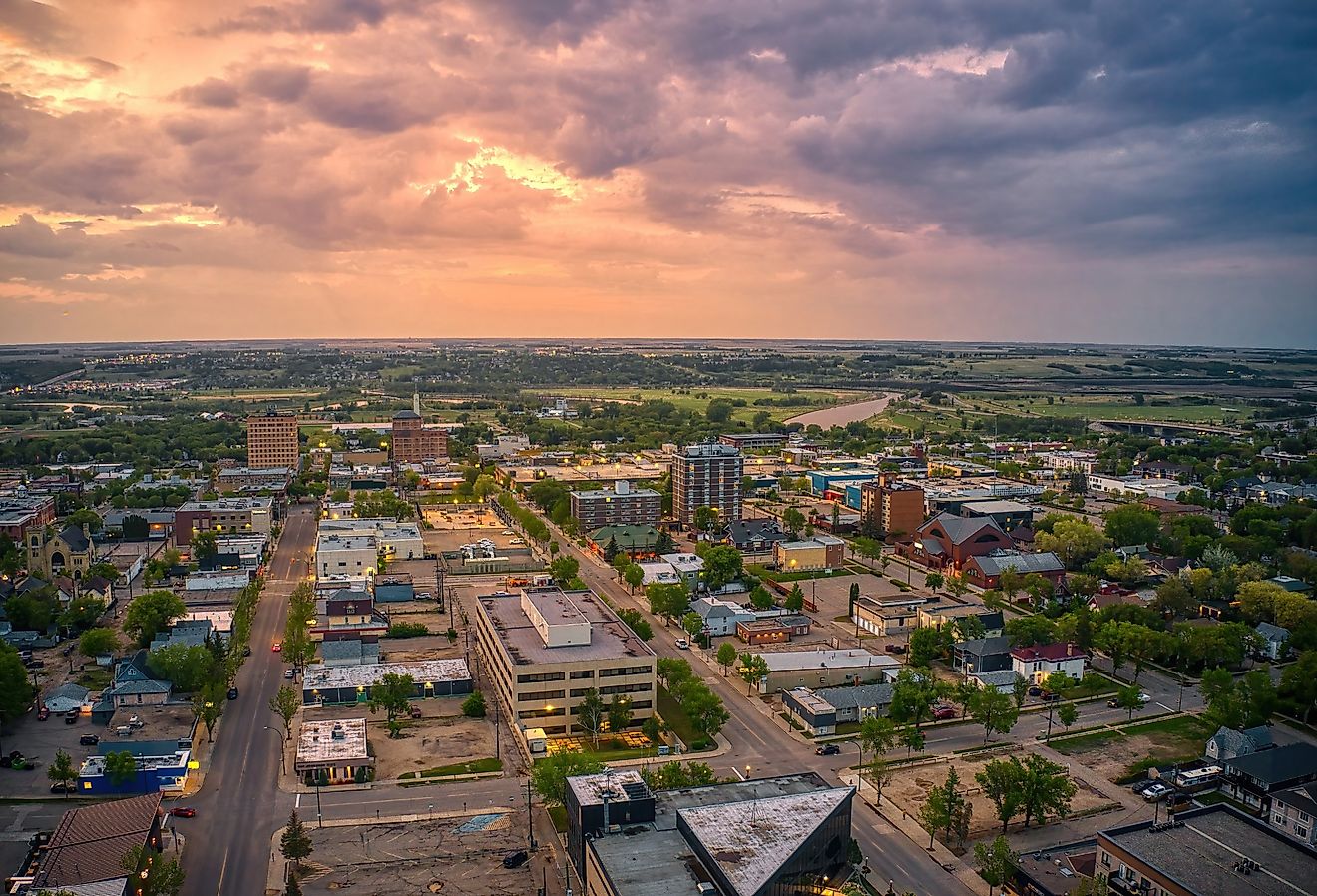
Mackinaw City, Michigan
Mackinaw City is a small village situated in Cheboygan and Emmet counties in the northeastern part of the US State of Michigan. The village of Mackinaw City is located at the northernmost point of Michigan’s Lower Peninsula. It is situated on the Straits of Mackinac opposite St. Ignace, with which it is linked northward by the long Mackinac Bridge. According to the United States Census Bureau, Mackinaw City covers a total area of 19.68 sq. km, of which 8.75 sq. km is occupied by land, and almost 10.93 sq. km is occupied by water.
The Population Of Mackinaw City

In 2019, Mackinaw City was home to 805 people with a median age of 52. Between 2018 and 2019, the village population experienced a -5.85% decrease as it went down from 855 to 805. There are 8.78 more non-Hispanic White residents in Mackinaw City than any other race or ethnicity. The largest ethnic groups in the village are White, most of whom are non-Hispanic, making up 79.6% of Mackinaw City’s population, Black or African American at 9.07%, two or more races at 5.09%, American Indian & Alaska Natives 4.22%, and Hispanic White at 1.12%. As of 2019, 91.4% of the residents in Mackinaw City were U.S. citizens, and 10.1% were born outside of the United States, which is lower than the national average of 13.7%. The most common birthplace for foreign-born residents of Michigan was Mexico, followed by India and Iraq.
The Economy Of Mackinaw City

The median household income in Mackinaw is $36,250, which is less than the annual median income across the entire United States. The income inequality in Michigan (measured using the Gini index) recorded 0.475, which is lower than the national average. However, males tend to have an average income that is 1.37 times higher than the average income of females. Tourism is a significant contributor to Mackinaw City’s economy that employs around 45% of the people. The largest industries in the village are Accommodation and Food Services, Health Care & Social Assistance, and Retail Trade. The highest paying industries are Administrative & Support, Finance & Insurance, and Waste Management.
Brief History Of Mackinaw City

In 1673, the French built a trading post in the area. The post was developed as Fort Michilimackinac in 1715. During the French and Indian War, the Michilimackinac was taken over by the British in 1763, only to have its garrison massacred in 1763 by a band of Native Americans under Minayayana, the chief of the Ojibwa (Chippewa), American Indian tribe. The fort was reoccupied by British troops the following year. In 1780-1781, the British moved across the straits to a new fort on Mackinac Island, abandoning the fort to the elements. Later, restoration was completed on the original French-British fort, which got designated a national historic landmark. It stands in Colonial Michilimackinac State Historic Park at the bridge's southern end. The village of Michilimackinac was established in 1857. The name comes from an Ojibwa term that means “great turtle” and was shortened and modified to Mackinaw in 1894. The arrival of the Grand Rapids and Indiana Railroad in 1881 sustained its position as a control point on the straits. Mackinaw City was officially incorporated as a village in 1882.
Tourist attractions In Mackinaw City

Mackinaw City’s location makes the village a marking point of Lake Michigan and Lake Huron. Visitors can cross the Straits to reach Michigan’s Upper Peninsula by Mackinac Bridge or one of the ferry services. The village has several historic landmarks, such as lighthouses, forts, and parks to explore. Visitors can also relax on any of the city’s sandy beaches and stargaze at Headlands International Dark Sky Park.

Headlands Park attracts a good number of visitors in Mackinaw City. The park was established in the late 1950s and spans over 2.2 sq. km of woodland, a few miles of Lake Michigan shoreline, and is home to dozens of rare plant species. Visitors enjoy hiking, biking, and often sightsee animals, including the bald eagle, coyotes, whitetail deer, and wild turkeys. In 2011, the park became an International Dark Sky Park. The designation ensures the park never has artificial light pollution, making it an ideal destination for stargazing.











